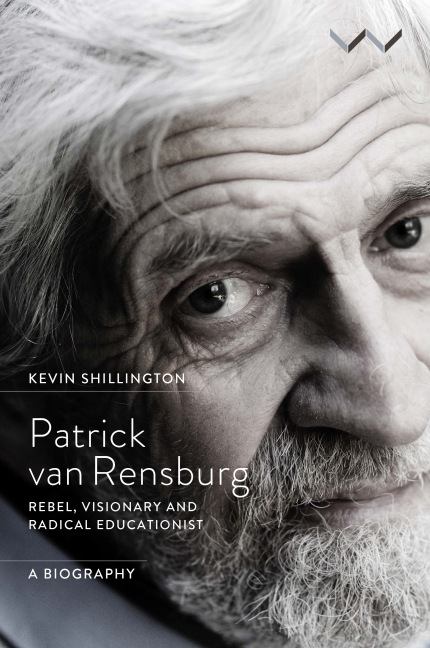
-
Select format
-
- Publisher:
- Wits University Press
- Publication date:
- September 2020
- July 2020
- ISBN:
- 9781776146055
- 9781776146048
- Dimensions:
- Weight & Pages:
- Dimensions:
- Weight & Pages:
- Subjects:
- Non-Western Art, Art
You may already have access via personal or institutional login- Subjects:
- Non-Western Art, Art
Book description
Patrick van Rensburg (1931–2017) was an anti-apartheid activist and self-made 'alternative educationist' whose work received international recognition with the Right Livelihood Award in 1981. Born in KwaZulu-Natal into what he described as a 'very ordinary South African family that believed in the virtue of racism', Van Rensburg became a self-styled rebel who tirelessly pursued his own vision of a brighter future for emerging societies in post-colonial southern Africa. His emotional and intellectual struggle against his upbringing and cultural roots led him to reject his life of white privilege in South Africa. Determined to prevent the emergence of a privileged black elite in post-colonial society, he devoted his life to implementing an alternative, egalitarian approach to education, focusing on quality and functional schooling for the majority. Rewarded with the internationally prestigious Right Livelihood Award for his unique contribution to education, he saw this work as a 'necessary tool of development'. Exiled from South Africa in 1960 because of his involvement in the London boycott campaign that gave birth to the Anti-Apartheid Movement, Van Rensburg moved to Botswana (then Bechuanaland). There he founded cooperatives, provided vocational training and was among the earliest educationists to espouse the discipline of development studies. Perhaps his best-known legacy is the Swaneng Hill School, which he founded to provide an educational home for primary school 'dropouts' through a curriculum that combined theory and practice, and academic and manual labour. He involved his pupils in building their school, running it, providing their own food, and making their own equipment and furniture. Van Rensburg was an innovative and charismatic visionary who captured the zeitgeist of the late twentieth century, and whose work and vision still have resonance for debates in educational policy today.
Contents
Metrics
Full text views
Full text views help Loading metrics...
Loading metrics...
* Views captured on Cambridge Core between #date#. This data will be updated every 24 hours.
Usage data cannot currently be displayed.
Accessibility standard: Unknown
Why this information is here
This section outlines the accessibility features of this content - including support for screen readers, full keyboard navigation and high-contrast display options. This may not be relevant for you.
Accessibility Information
Accessibility compliance for the PDF of this book is currently unknown and may be updated in the future.

